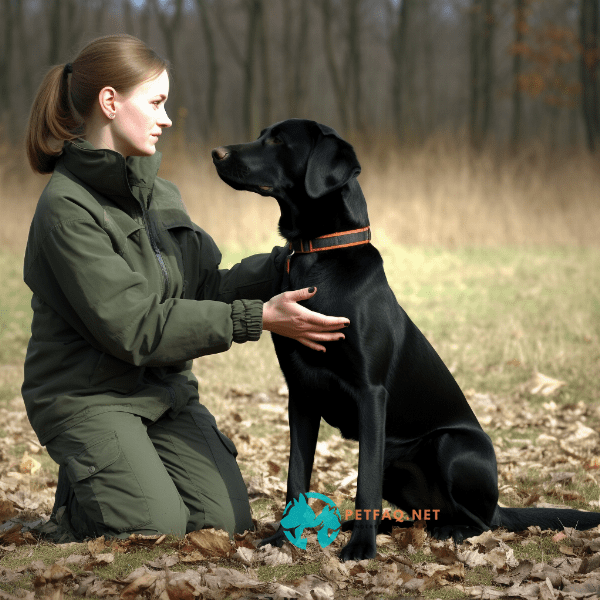Yes, it is possible to train a dog to respond to commands in different languages. Dogs are capable of learning and recognizing different languages, and many dog owners choose to train their dogs in languages other than their native tongue. This can be useful in situations where the owner or trainer speaks multiple languages, or when the dog is being trained for a specific purpose, such as search and rescue or police work.
The process of training a dog to respond to commands in a different language is similar to training a dog in any other language. The key is to use consistent and clear commands, along with positive reinforcement, to teach the dog what is expected of them. In fact, some trainers even believe that training dogs in multiple languages can help to increase their cognitive flexibility and problem-solving skills.
One of the first steps in training a dog in a different language is to choose the language itself. It’s important to choose a language that the owner or trainer is comfortable with, and that the dog will be exposed to on a regular basis. Common languages for dog training commands include English, Spanish, German, and French, among others.
Once the language is chosen, the next step is to teach the dog the basic commands in that language, such as sit, stay, come, and heel. This can be done using the same techniques used to train a dog in any other language, such as positive reinforcement, repetition, and consistency. It’s important to use the same words and hand signals consistently, as well as reward the dog with treats, praise, or playtime when they respond correctly.
As the dog becomes more proficient in the basic commands, more complex commands can be introduced in the new language. This can include specific commands for certain activities, such as hunting or tracking, or more advanced obedience commands for competition or working purposes.
In conclusion, training a dog to respond to commands in a different language is possible and can be beneficial for both the owner and the dog. By using consistent and clear commands, along with positive reinforcement, it is possible to train a dog to understand and respond to commands in multiple languages. However, it’s important to choose a language that the owner or trainer is comfortable with and that the dog will be exposed to on a regular basis.
Read more:Essential Dog Training Commands for All Breeds

Related Questions
- How do you potty train a puppy as part of obedience training?
- How can I teach my dog to not pull on the leash during walks?
- What are some free tips for teaching my dog to not bark excessively?
- How can you train a hunting dog to work with other dogs and hunters in the field?
- Canadian Working Dog Federation (CWDF): This organization offers Schutzhund/IPO/IGP titles and competitions for several breeds in Canada.
